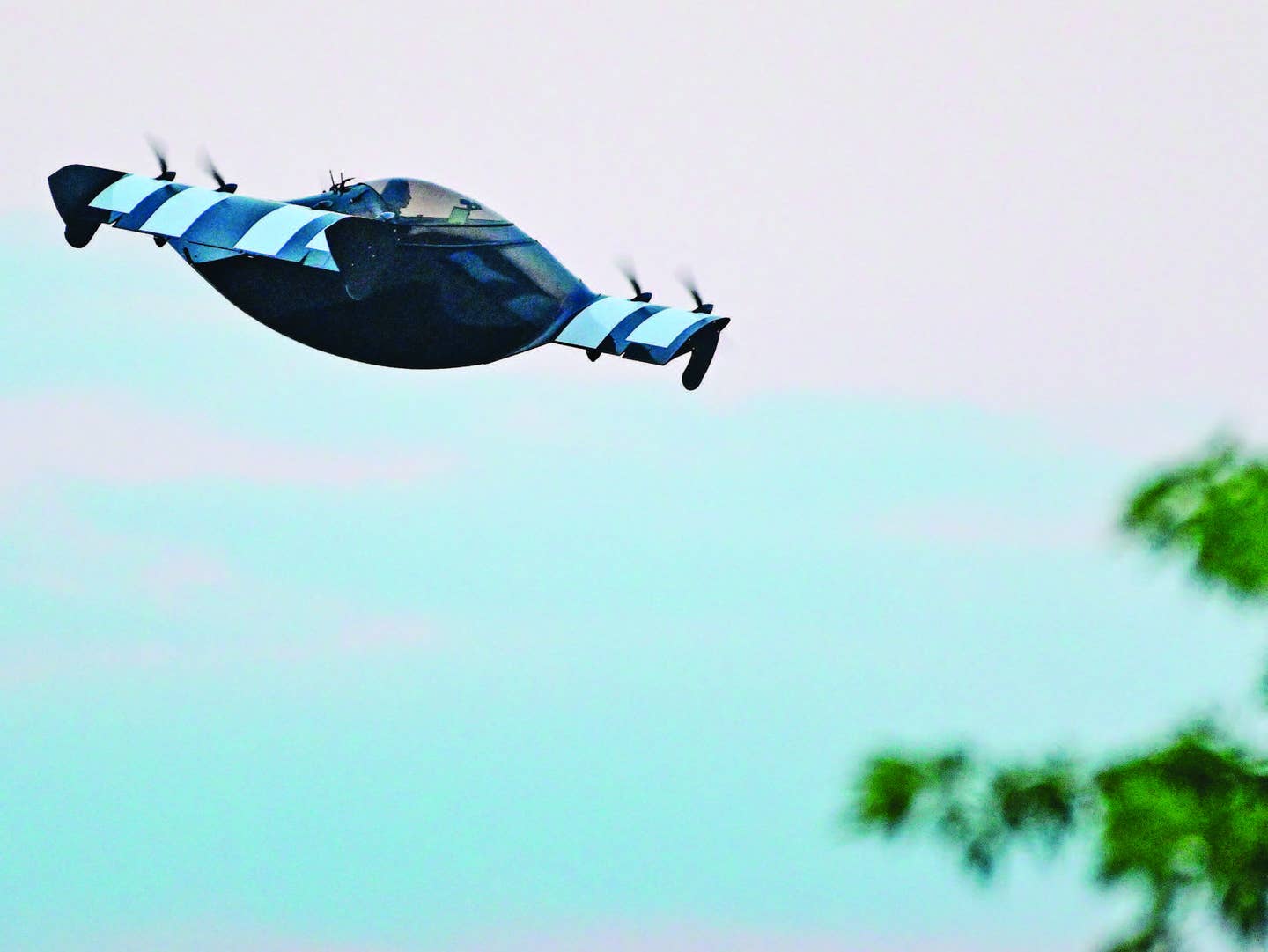
The story about the FAA’s involvement was leaked to the media by an Envoy Air pilot. Courtesy Envoy
The FAA in January 2021 sent a letter to Pedro Fabregas, president and CEO of Envoy Air, Inc—American Airlines’ largest regional partner—that the agency’s safety assurance system inspectors had identified nine potential operational safety concerns related to flight crew performance. The letter and other documents were anonymously sent to Flying magazine, but were believed to have been leaked to some members of the media by an Envoy Air crewmember.
The cover letter said the airline was being notified after “accumulated data revealed consistent evidence showing potential lack of airmanship, aeronautical decision making, and poor CRM on the part of flight crews.” The agency also pointed to “Unsafe Operational Trends—with all participants de-identified—which highlights just some of the more serious events evidencing these unsafe trends over the last few months. Similarities among the events along with the continued failure of multiple controls may point to undiscovered root causes.”
The FAA’s certificate management and Envoy Air, Inc., “have [already] agreed to convene to develop an action plan that will set milestone dates, assign the responsible company departments and personnel, and forecast completion dates with the focus on addressing and mitigating Unsafe Operational trends. The Envoy CMO’s expectation is that hazards identified by the investigative team be assessed and mitigated in accordance with Envoy’s Safety Management System.”
In one October 2019 example the FAA said, “An Envoy aircraft was on the RNAV 29 [to Grand Junction, Colorado] KGJT. Upon arrival at waypoint CESBA, ATC asked ENY if they had the field in sight (which was about 9 miles away). The crew said yes, they did. ATC then cleared ENY for the Visual Approach, RWY 29. From this point, the crew was slow in descending and found themselves high on the VASI once they made the left turn inbound from an extended base.
High, mountainous terrain above their aircraft was 3 miles to their southeast. The crew was initially on course at this point. The ENY crew also noticed a MESA Airlines aircraft inbound to RWY 11, from the opposite direction. ENY decided to execute a left 360-degree turn, while established inbound on the Visual Approach RWY 29, without communicating with ATC or anyone else. (At night in mountainous terrain) The PIC stated he did this to lose altitude. At this point, the MESA aircraft asks ENY if everything is OK. MESA also contacts ATC, who sees the 360 degree turn on radar. ENY completes the unauthorized turn and lands RWY 29.” The FAA said this, as well as two other incidents, were considered potentially catastrophic.
The FAA’s concerns focused on the flight crew’s lack of knowledge about instrument and visual approach procedures, their lack of situational awareness with mountainous terrain, their communications with ATC, CRM and the PIC’s judgement. The PIC had logged 6,600 hours total time with 539 in type.
In another recorded incident in June 2020 as the crew prepared to depart DFW at 2230 local time, “The crew was distracted (for reasons unknown) while taxiing out and the flap lever was never moved to the required Flaps 1 position. The distractions [also] caused the crew to interrupt the before takeoff checklist which was [also] never completed. The crew took the active runway, began the takeoff roll, then aborted when they received a warning of, ‘No Takeoff—Flaps.’ Because the crew did not complete the before takeoff checklist, the crew never touched the flap lever, did NOT perform the takeoff configuration warning check, nor make the PAX takeoff PA [message].”
From their narratives, it appeared the crew allowed ATC to rush them into their takeoff with the flaps “probably in the flaps 2 position or possibly even still retracted fully at takeoff.” The FAA said, “it is difficult to tell from the crew’s reports.” The agency was concerned about “checklist discipline, rushing, CRM and the PIC’s situational awareness.
In July 2020, a captain challenged the unsatisfactory report he received on a line check. “The airman requested a meeting with the FAA, Envoy Training Department and the Union to discuss the results of his recent line check failure. Discussion with this captain showed that not only was the line check airman (LCA) correct in their determination of unsatisfactory in four different event sets, but that the captain truly lacked knowledge concerning what is acceptable or not concerning advanced qualification program standards. The unsatisfactory evaluation was upheld.”
At the time of the challenge the captain had logged 3,846 hours, but only 200 at the airline in the previous two years. The captain was also the recipient of a mandatory upgrade from the first officer’s position. Flying reached out to American Airlines for comment and was directed to Envoy Air. While Envoy’s communications director Minnette Vélez-Conty did not address the specifics of any incidents mentioned directly, she did say, “Nothing is more important than the safety of our customers and employees. If issues are raised—either internally by our team or by the FAA—we work to address them immediately. Since January, Envoy’s flight operations and safety teams have been working closely with the FAA and the Air Line Pilots Association to transparently and collaboratively examine the root cause of each potential issue and take necessary corrective actions, if needed.
“This review underscores that our multilayered and collaborative FAA-approved Safety Management System (SMS) is working as intended. A number of the items raised were identified through SMS—a robust, data-driven approach to safety designed to assess vast quantities of data to continuously help detect and effectively mitigate risk. We regularly share this data with the FAA to enhance the overall safety of our airline and the industry, and will continue to do so.”

Sign-up for newsletters & special offers!
Get the latest FLYING stories & special offers delivered directly to your inbox






